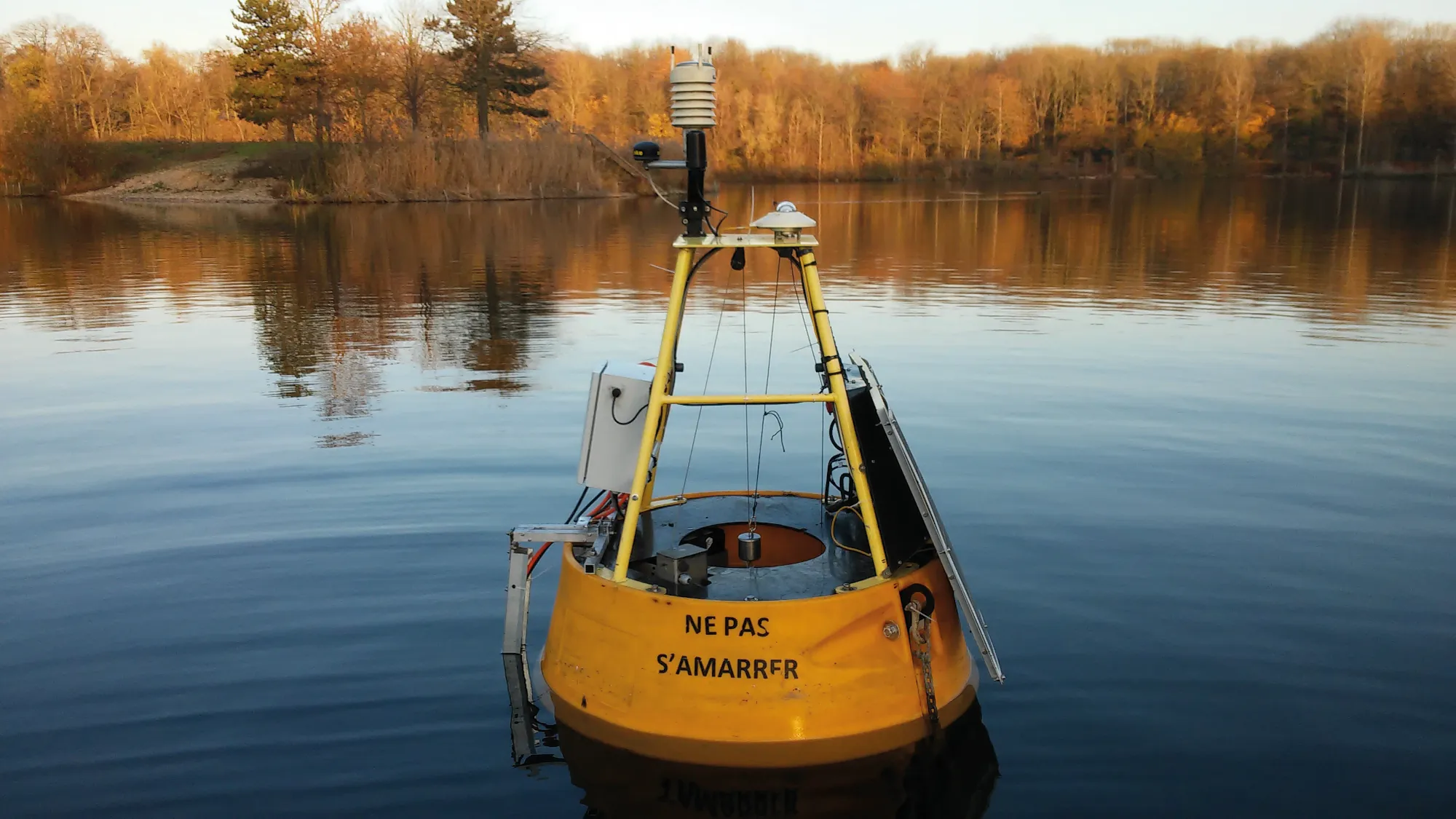- Recrutements
- Contacts
- Annuaires
- Choix du langage :
Dernières publications
936.
- titre
- Assessing water quality restoration measures in Lake Pampulha (Brazil) through remote sensing imagery
- auteur
- Alexandre Assunção, Talita Silva, Lino de Carvalho, Brigitte Vinçon-Leite
- article
- Environmental Science and Pollution Research, 2025, ⟨10.1007/s11356-025-35914-6⟩
- titre
- Do suspended particles matter for wastewater-based epidemiology?
- auteur
- Gauthier Bernier-Turpin, Régis Moilleron, Chloé Cenik, Fabrice Alliot, Sabrina Guérin-Rechdaoui, Thomas Thiebault
- article
- Water Research, In press, 280, pp.123543. ⟨10.1016/j.watres.2025.123543⟩
- titre
- Plastic debris dataset on the Seine riverbanks: up to 38 000 pre-production plastic pellets reported per square meter
- auteur
- Romain Tramoy, Laurent Colasse, Johnny Gasperi, Bruno Tassin
- article
- Data in Brief, 2025, pp.111735. ⟨10.1016/j.dib.2025.111735⟩
- titre
- La persistance des champs d’épandage d’eaux usées de l’agglomération parisienne au cours du second XXe siècle
- auteur
- Etienne Dufour
- article
- Métropolitiques, 2025, ⟨10.56698/metropolitiques.2174⟩
- titre
- Stock and vertical distribution of microplastics and tire and road wear particles into the soils of a high-traffic roadside biofiltration swale
- auteur
- Max Beaurepaire, Tiago de Oliveira, Johnny Gasperi, Romain Tramoy, Mohamed Saad, Bruno Tassin, Rachid Dris
- article
- Environmental Pollution, 2025, 373, pp.126092. ⟨10.1016/j.envpol.2025.126092⟩
Séminaire d’Adrian Tuck le 6 octobre 2011
publié le , mis à jour le
Le séminaire du LEESU du 6 octobre 2011 était constitué d’une intervention d’Adrian Tuck (Professeur à l’Imperial College London, précédemment à NOAA Earth System Research Laboratory, Boulder, Colorado, et actuellement professeur invité au LEESU) intitulée "Winter Storms : Dropsondes Over the Pacific Ocean - the multifractal scaling of temperature, wind and humidity"
Le résumé de la présentation est :
"During the NOAA Winter Storms 2004-2005-2006 projects, as a result of severe flooding on the west coast of the USA, observational data were taken in the ‘vertical’ at 2 Hz from research dropsondes for temperature, wind speed and relative humidity during the 800 s it takes to reach the surface from the 13 km altitude of the National Oceanic and Atmospheric Administration (NOAA) Gulfstream 4 SP aircraft. The observations were made mainly through the depth of the troposphere above the eastern Pacific Ocean from 15˚N to 60˚N. This sizeable data set was used to characterize representatively the statistical fluctuations in the ‘vertical’ structure from 13 km to the surface. The fluctuations are resolved at 5-10 metres altitude, so covering up to 3 orders of magnitude of typical tropospheric weighting functions for passive remote sounders. Average ‘vertical’ statistical multifractal scaling exponents H, C1 and alpha of temperature, wind speed and humidity fluctuations observed at this high resolution were computed and are available as potential generators of representative, scale invariant summaries of the vertical structure of the marine troposphere. Future investigations with drone aircraft are illustrated."









 Productions scientifiques
Productions scientifiques Moyens techniques et équipements
Moyens techniques et équipements Expertise et disciplines
Expertise et disciplines


